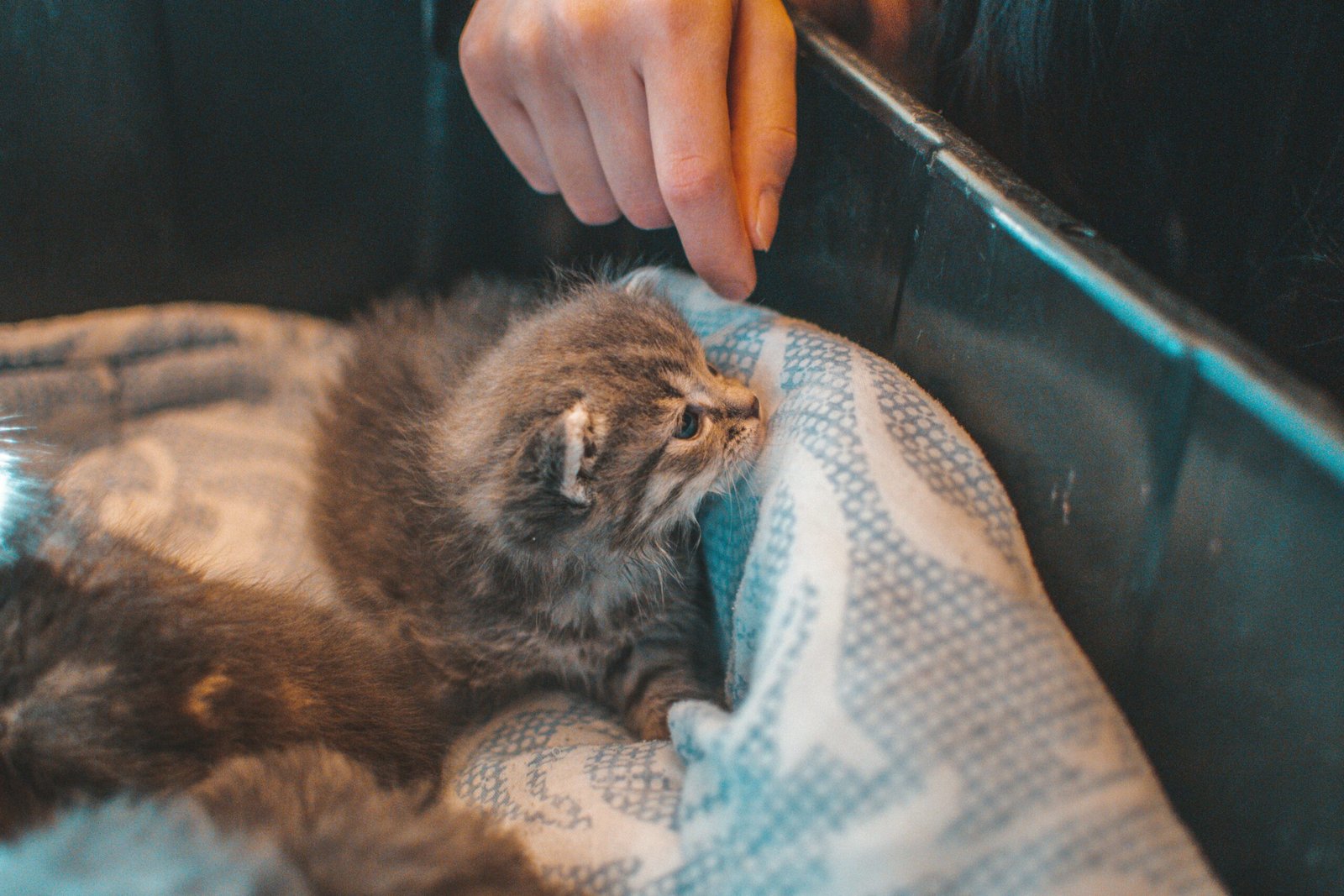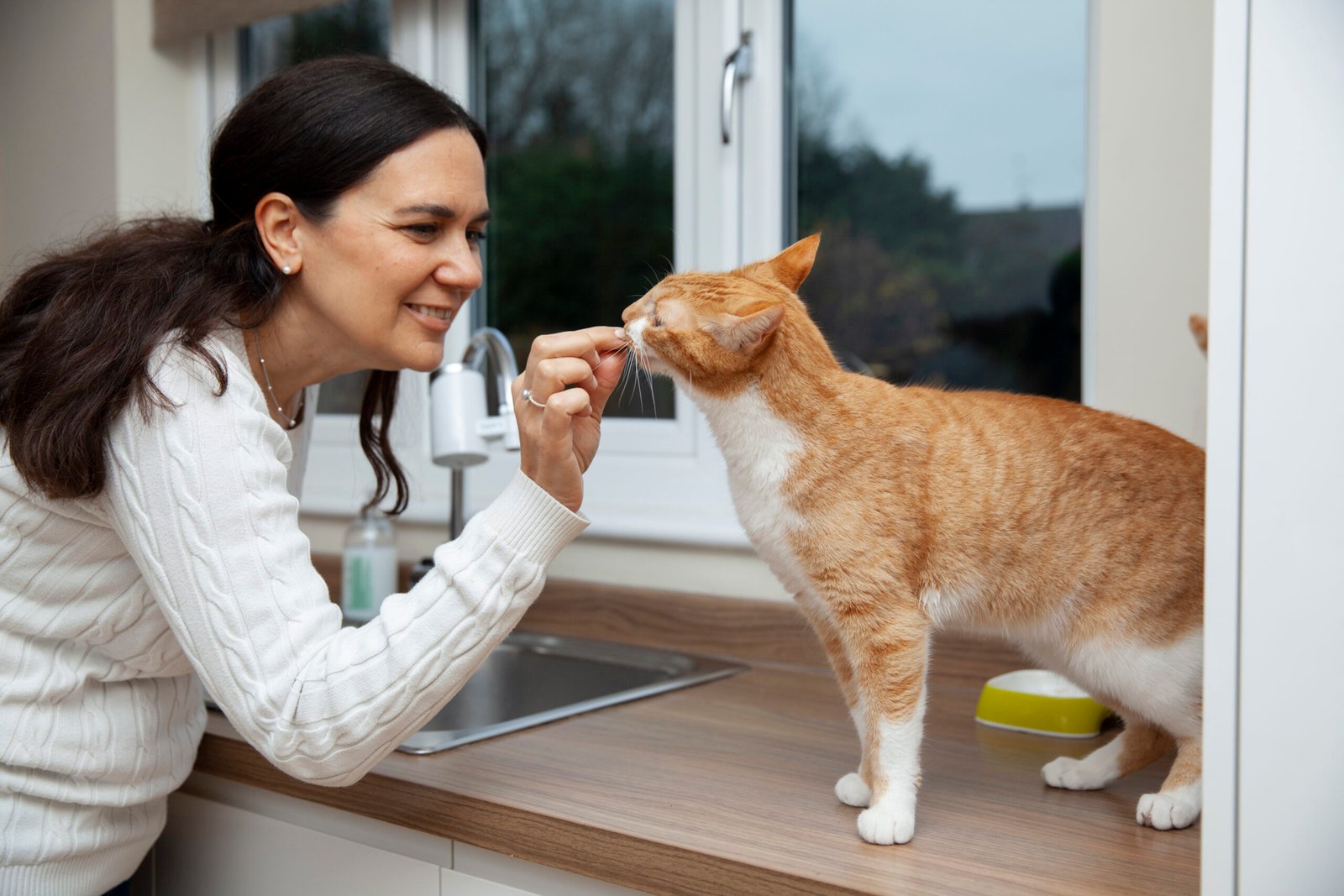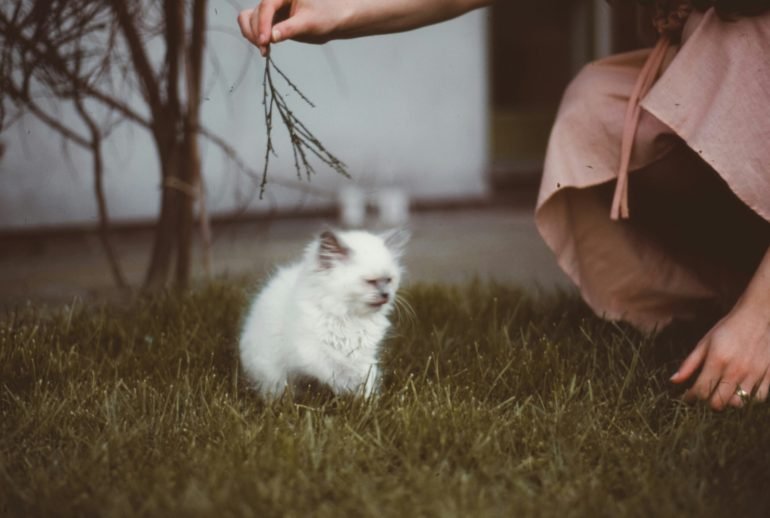Learning how to litter train a kitten is often one of the first and most important tasks for a new cat owner. Bringing a tiny, playful kitten into your home is a joyous occasion, and thankfully, kittens are naturally inclined to bury their waste, making this process relatively straightforward. However, success depends on creating the right environment and using gentle, consistent guidance. This comprehensive guide will walk you through the easiest and fastest methods, ensuring you and your new feline friend get off to a perfect start. Understanding the fundamentals of this process is the key to mastering how to litter train a kitten with minimal stress for both of you.

Preparation: Setting the Stage for Success
Before you even begin the training, proper preparation is essential. The right supplies and setup can make all the difference in the world. Rushing this stage is a common mistake people make when figuring out how to litter train a kitten.
1. Choosing the Perfect Litter Box: The litter box itself is the most critical piece of equipment. For a small kitten, you need a box with low sides that they can easily climb in and out of. A box with high walls might seem like a good way to contain litter, but it can be an intimidating barrier for a tiny feline. Look for a simple, open tray to begin with. As your kitten grows, you can transition to a larger, or even a covered, box if you prefer.
The rule of thumb for size is that the box should be about one and a half times the length of your cat, from nose to the base of their tail, allowing them plenty of room to turn around and dig.
2. Selecting the Right Litter: The type of litter you choose can significantly impact your success. Kittens are curious and often explore the world with their mouths, so it’s crucial to select a litter that is safe for them. Vets often recommend using a non-clumping litter made from natural materials like recycled paper, corn, or wood pellets. Clumping clay litters, while popular for adult cats, can cause serious internal blockages if ingested by a small kitten.
When it comes to texture, most cats prefer a fine-grained, sand-like litter, as it feels soft on their sensitive paws. Start with an unscented variety. While scented litters might appeal to us, the strong perfumes can be overwhelming for a kitten’s delicate nose and may deter them from using the box altogether. This is a vital tip for anyone serious about how to litter train a kitten effectively.
3. Strategic Placement is Key: Where you place the litter box is just as important as the box itself. It should be in a location that is quiet, easily accessible, and away from their food and water bowls. Cats instinctively avoid eliminating where they eat. Choose a low-traffic corner of a room where your kitten won’t be startled by loud noises or sudden foot traffic. For the initial training period, it’s wise to keep the kitten in a smaller, confined space, like a bathroom or laundry room, with their bed, toys, food, water, and litter box. This setup limits the chances of an accident elsewhere and constantly reminds them where the box is located.

The Step-by-Step Training Process: A Gentle Approach
With your supplies ready and the environment set up, you can now begin the active training process. Remember, patience and positive reinforcement are your best tools.
Step 1: The Introduction As soon as you bring your new kitten home, the first place you should take them is their litter box. Place them gently inside and let them sniff and explore it on their own terms. You can even take their little paws and make a gentle digging motion in the litter to help them get the idea. They may not use it right away, but this initial introduction is a critical first step.
Step 2: Establish a Routine Predictability is crucial when you’re learning how to litter train a kitten. The easiest way to do this is to place your kitten in the litter box at key moments throughout the day. These include:
- First thing in the morning when they wake up.
- After every meal.
- After every nap.
- Last thing at night before you go to bed.
By consistently placing them in the box during these predictable times, you increase the likelihood of them using it and quickly associating it with the need to eliminate.
Step 3: Watch for the Signs In between your scheduled trips to the box, keep a close eye on your kitten. They will often give you clues when they need to go. Common signs include circling, sniffing the floor intently, crouching, or scratching at the carpet. As soon as you see this behavior, calmly and quickly pick them up and place them in their litter box. This part of how to litter train a kitten requires your active observation.
Step 4: Positive Reinforcement When your kitten successfully uses the litter box, shower them with praise! A soft, happy tone of voice, gentle petting, or even a special treat can work wonders. This positive association reinforces the behavior and makes them want to repeat it. Never scold or punish your kitten for having an accident. Negative reinforcement will only create fear and anxiety, which can lead to litter box aversion and set your training back significantly. This is perhaps the most important rule of how to litter train a kitten.
Step 5: Cleaning Up Accidents Properly Accidents are a normal part of the process. When one happens, it’s vital to clean it up thoroughly. Simply wiping it up isn’t enough; you need to use an enzymatic cleaner specifically designed to break down and eliminate pet urine odors. If a kitten can still smell their scent in a particular spot, they will be tempted to use that area as their toilet again. Using an enzymatic cleaner removes this olfactory trigger, which is fundamental to the entire process of how to litter train a kitten.
The Fastest Methods: Accelerating the Learning Curve
While the gentle, step-by-step approach is reliable, some owners want to know how to litter train a kitten as quickly as possible. The fastest way involves a more intensive version of the standard method.
The “Small Room” method is arguably the most effective and rapid technique. As mentioned earlier, confine the kitten to a single, small room like a bathroom. This condensed environment means the litter box is always just a few steps away, making it the most obvious and convenient place to go. For the first few days, this constant proximity works wonders. Once they are using the box consistently for 2-3 days in the small room, you can gradually allow them to explore one more room of the house for short, supervised periods. As they prove their reliability, you can continue to expand their territory. This intensive strategy is the secret to how to litter train a kitten in record time.

Troubleshooting Common Litter Training Problems
Sometimes, even with the best approach, you might run into issues. Understanding why a kitten is avoiding their box is the first step to solving the problem.
- The Box is Dirty: Cats are meticulously clean animals. If the litter box isn’t scooped at least once a day and fully cleaned weekly, they may refuse to use it. A dirty box is one of the most common reasons for litter training setbacks.
- They Don’t Like the Litter or Box: If your kitten seems hesitant, try a different type of litter. You may need to experiment with a couple of brands before you find one they like. Similarly, if the box has a cover, try removing it.
- A Hidden Medical Issue: If your kitten was using the box reliably and suddenly stops, or if they are crying out while trying to urinate, it could be a sign of a medical problem like a urinary tract infection (UTI). In this case, a trip to the vet is essential. Don’t assume it’s a behavioral problem before ruling out health concerns. This is a critical consideration for how to litter train a kitten.
- Stress or Fear: A change in the household, a new pet, or a scary experience near the litter box can cause a kitten to avoid it. Ensure the box is in a safe, secure location.
Successfully learning how to litter train a kitten is a rewarding experience that sets the foundation for a harmonious life with your pet. By being prepared, patient, and positive, you can teach your kitten this essential skill with ease. The process is a testament to their natural instincts and your gentle guidance. Remember that every kitten is an individual, and some may learn faster than others. Stick with the routine, celebrate the successes, and manage any accidents with grace. Before you know it, your tiny companion will be a litter box pro. This consistent and caring approach is the ultimate answer to how to litter train a kitten.
Follow Me Now!


